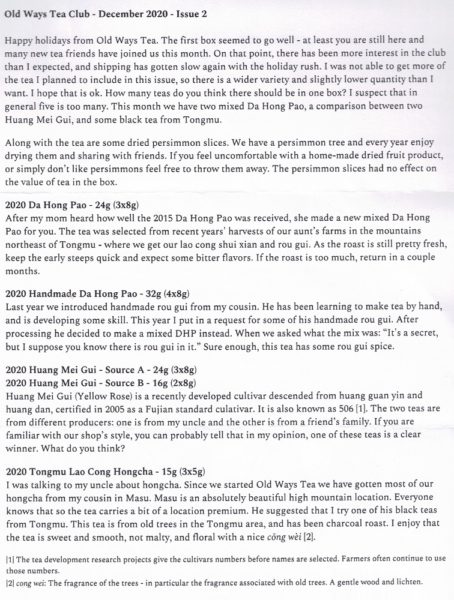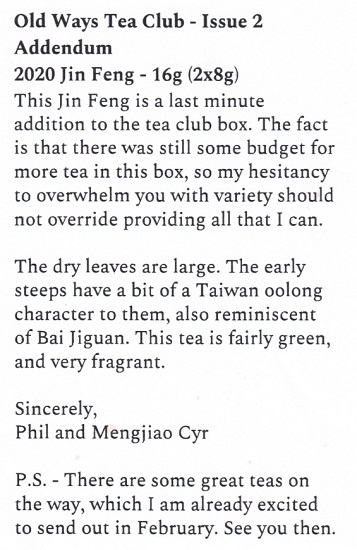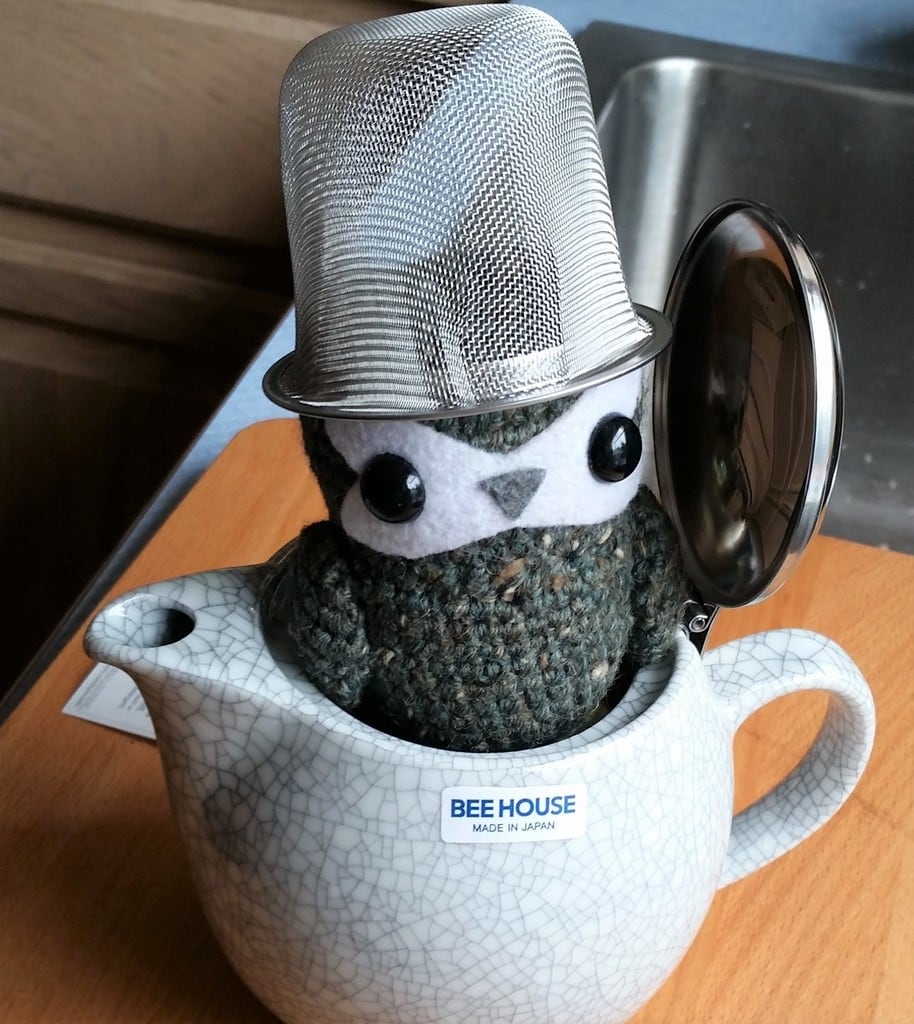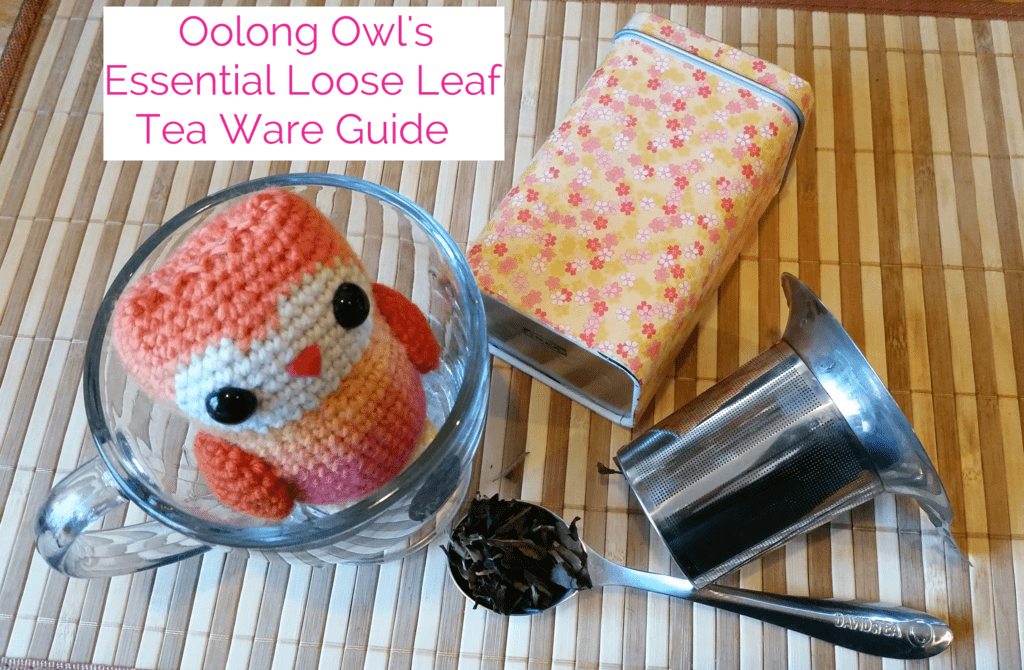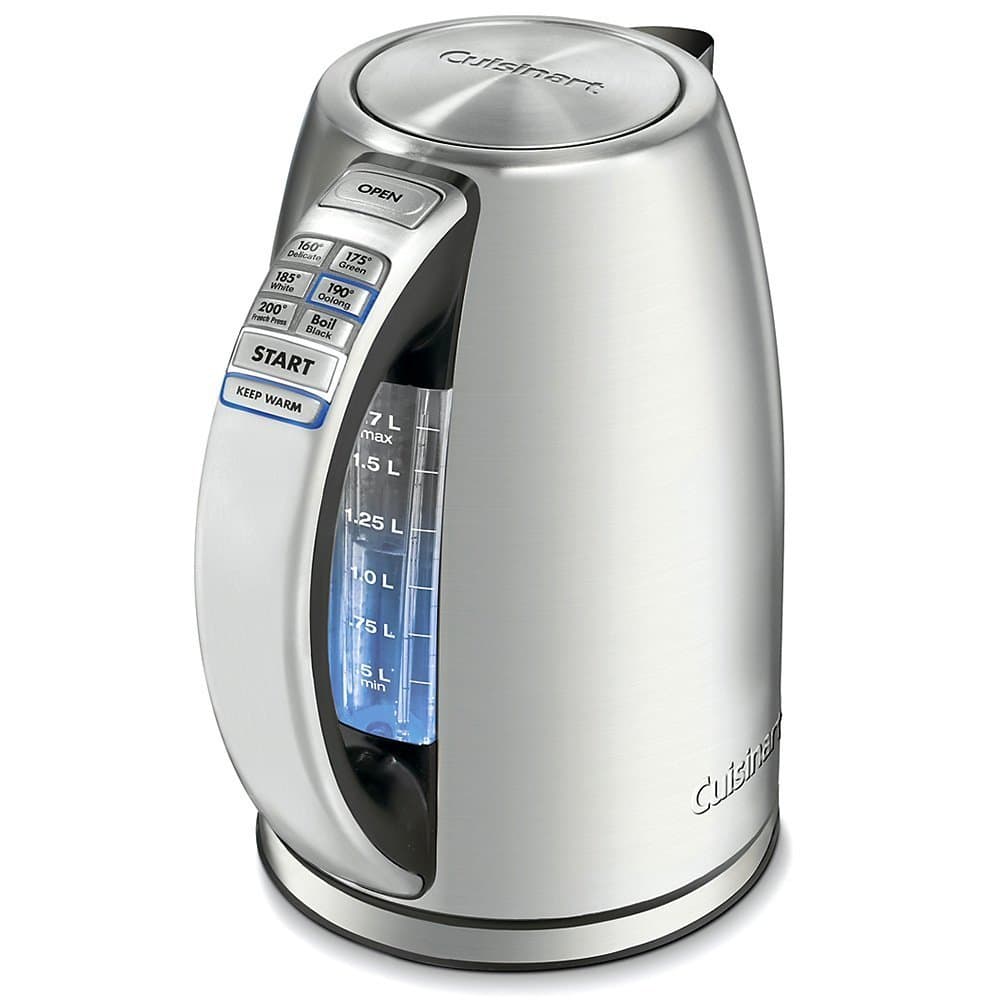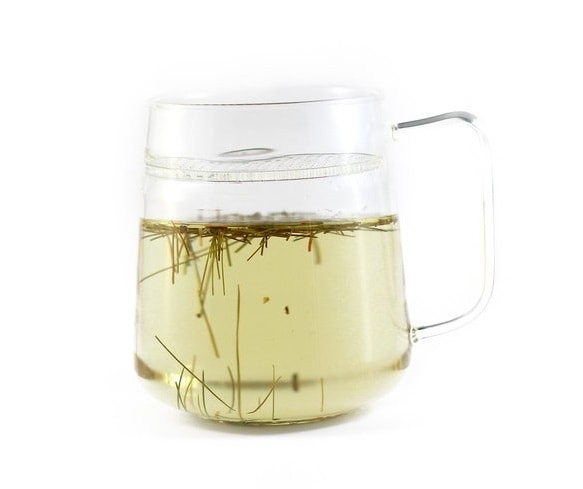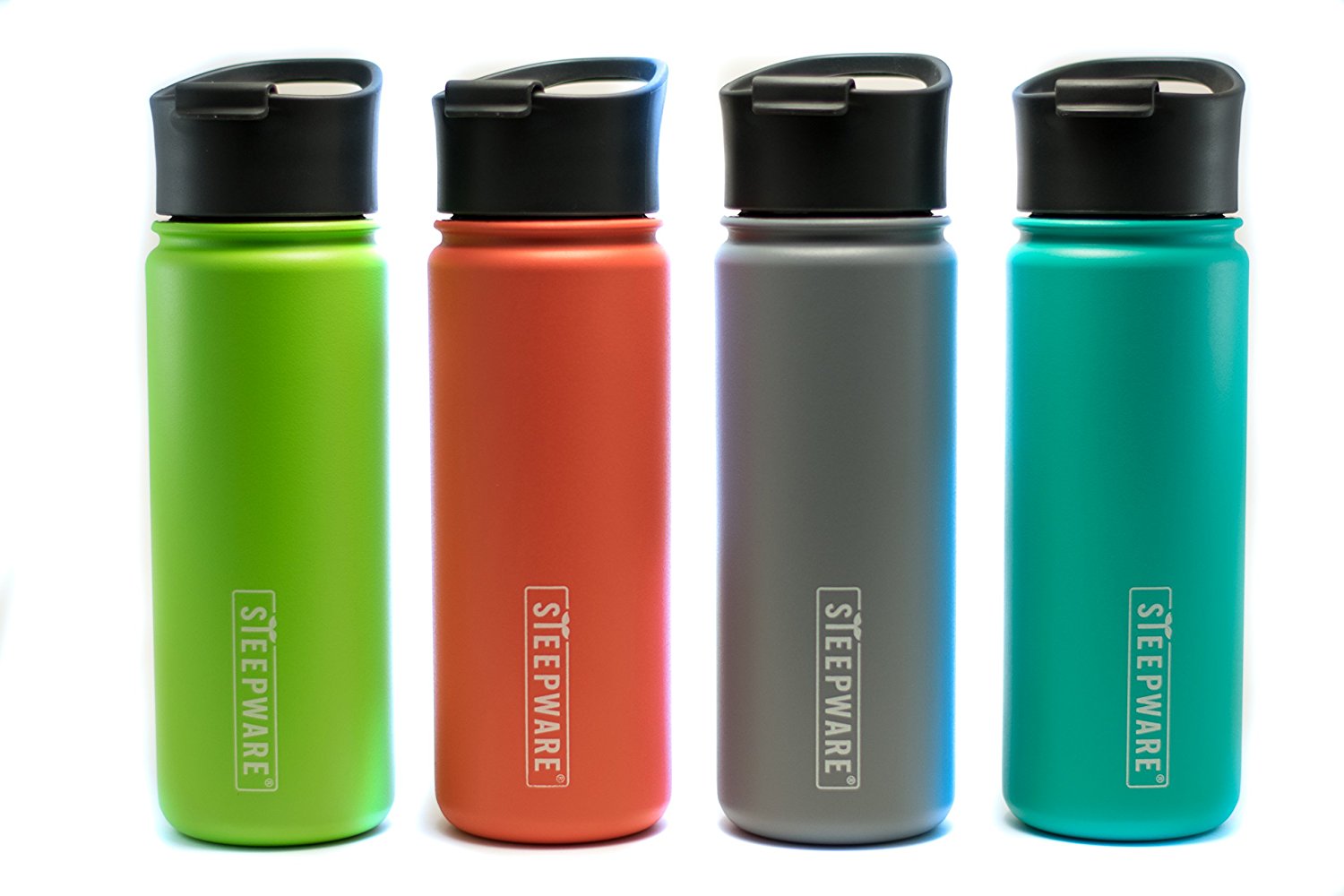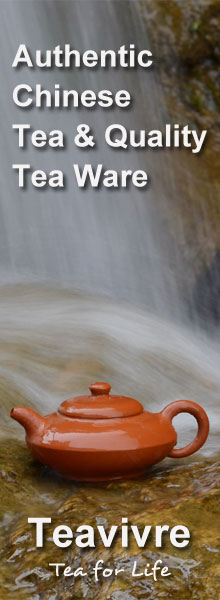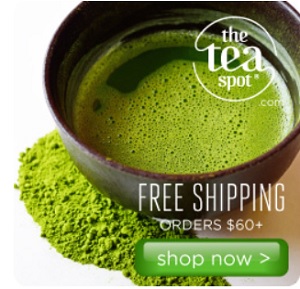This is the second box of the Old Ways Tea Club! In the 2020 December Old Ways Tea Club is 6 teas. I am happy this club is every two months, as it gives me plenty of time to drink it all!
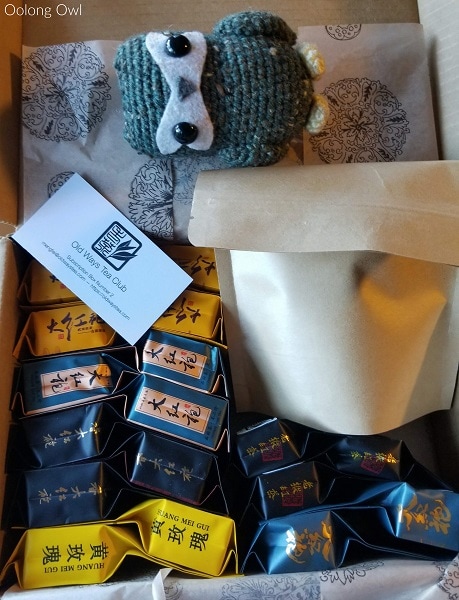
Also included is a bag of dried persimmons. It was very hard for me to keep this around long enough to photograph!
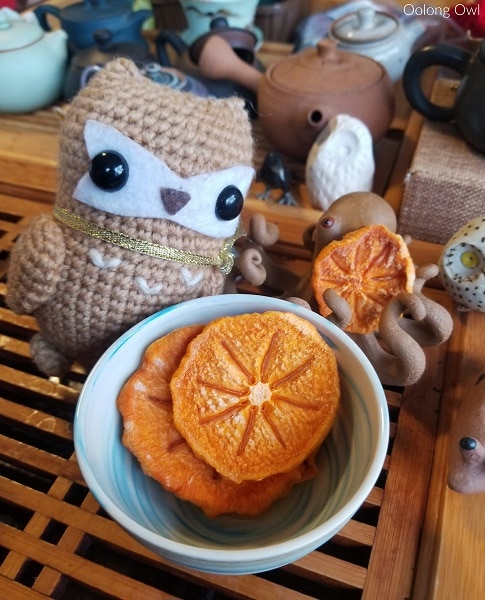
The majority of the December Old Ways Tea club is made up of 8 gram packets, so I used 8 grams in a 100ml gaiwan. The Hongcha is in 5 gram packets, which I used a 75ml gaiwan. All are gongfu steeped in boiling water.
2020 Da Hong Pao from December Old Ways Tea Club
First up, is Old Ways Tea Mum’s newest Da Hong Pao blend of 2020 teas and fresh roast.
The leaves of this Da Hong Pao has a strong nutty roasted scent. Steeped up, the leaves have a sweet roasted fruity scent.
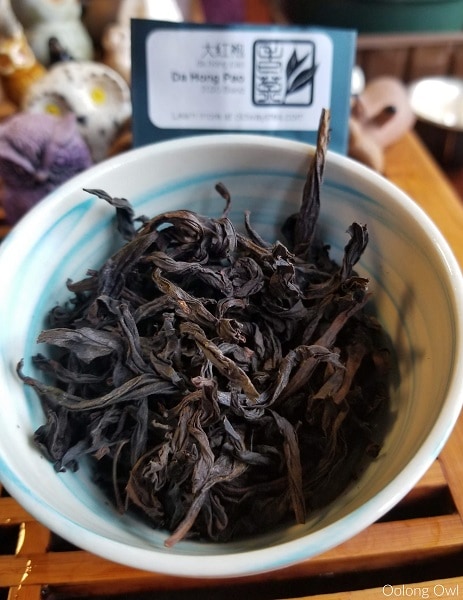
2020 Da Hong Pao sips in quite nutty and abrasive, but it shifts to a buttery milky finish. The texture is drying in the sides of the mouth, but buttery in texture. Each steeping got more bitter, like a strong nut skin bitterness. By the fourth infusion, this Da Hong Pao is tangy fruity underripe peach skins that go dry and bitter, with roasty undertones.
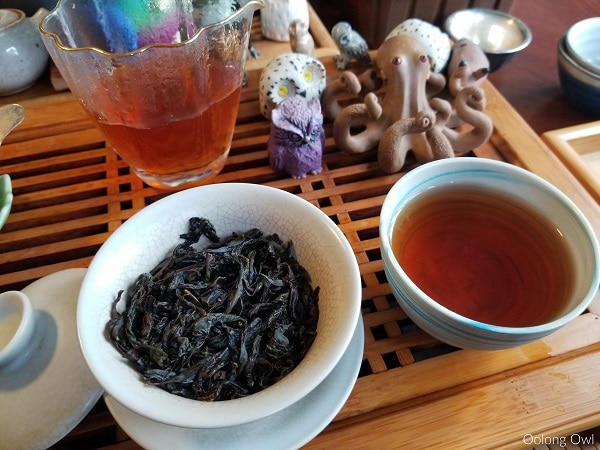
By the sixth and seventh infusion, 2020 Da Hong Pao is bitter fruity and quite dry.
I’d want to try this Da Hong Pao in a year or so when the roast has settled and the bitterness smoothes out. The fragrance and flavor are excellent, like other Old Way Tea’s Da Hong Paos.
2020 Handmade Da Hong Pao
To contrast the previous Da Hong Pao, this blend is heavy in the Rui Gui. The leaves here are more baked goods and nutty in scent, and after a rinse, are stone fruity.
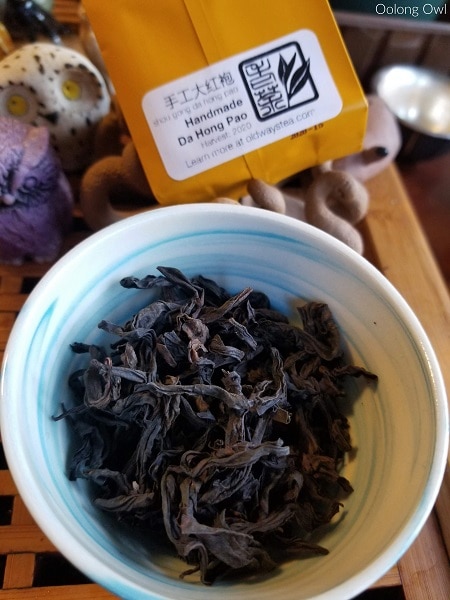
Compared to the other Da Hong Pao, this one starts off lighter, caramel, savory nut, and roasted fruit notes, all with a buttery sheen of a texture. After a few moments, this tea settles into a bitter but buttery baked goods crust aftertaste. There’s a bit of astringency, with the back of my teeth feeling dry.
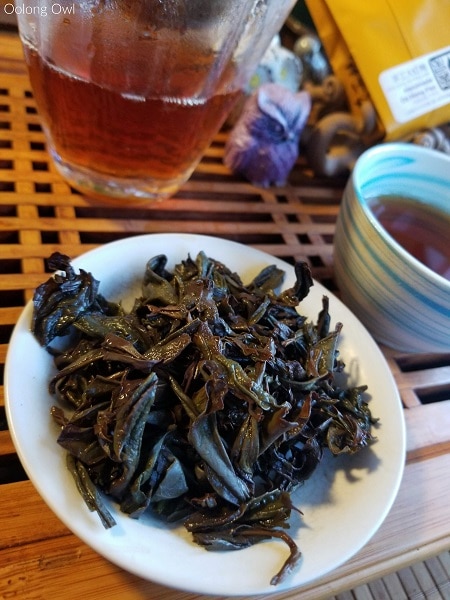
Once Handmade Da Hong Pao opens up, it tastes of bitter nuts, rocky minerals, boiled out cinnamon sticks, with stone fruits dancing in the background. Once I get past the bitterness, it opens to underripe floral apricot skins. Each infusion goes more bitter nutshell and lighter in taste. I got seven infusions too.
This Handmade Da Hong Pao was interesting as the heavy Rou Gui element added additional spice, but this would be another tea I’d want to try again in a year.
2020 Huang Mei Gui A
Huang Mei Gui A has a strong fragrant floral scent of lilacs. After a rinse, the floral fragrance is even stronger.
The roast on this tea is light, leaving some green on this tea. 2020 Huang Mei Gui A starts off tasting of perky underripe pear with a penetrating lilac floral. Even the first infusion is strong in aroma and tea potency. There is a hit of bitterness and on the second infusion, the astringency is coating the roof of my mouth. This tea has a bitter apricot citrus aftertaste.
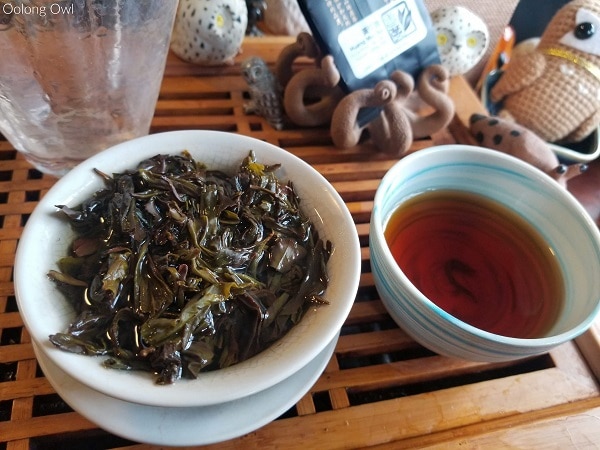
After four infusions, Huang Mei Gui A is bitter and watery, but then the aftertaste floods in with a strong floral aroma. The final sixth infusion was just too bitter to drink.
I feel I butchered this tea and it would prefer a cooler temperature to tame the bitter notes. Either way, 2020 Huang Mei Gui A pushes a floral aroma above everything.
2020 Huang Mei Gui B
In contrast, 2020 Huang Mei Gui B is darker, smelling like roasted buttery nuts in scent. Steeped up, the leaves are a bit fruity but still roasted in scent.
2020 Huang Mei Gui B tastes of buttery roasted chestnuts, with a gentle sweet floral aroma. There is a bit of a green lilac aroma, but the main element is the roast.
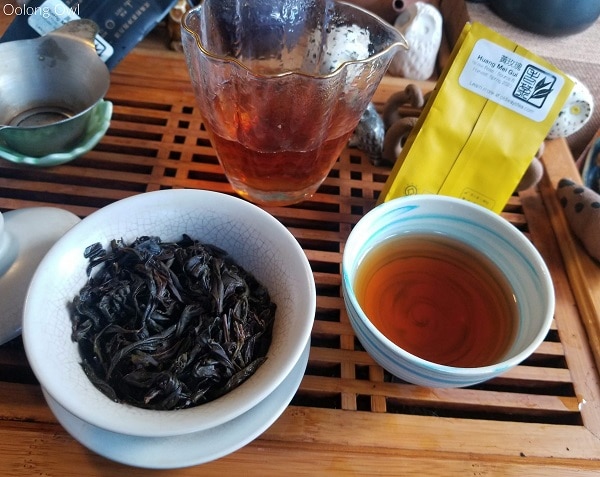
The third infusion is a bit bitter with an underripe mango aroma, but. Each infusion is more aromatic, smooth, nutty, and showing a citrusy lilac finish.
The final infusions were mineral and light. There is a sticky dryness in the texture and some stewy bitterness, but not undrinkable bitter like Huang Mei Gui A.
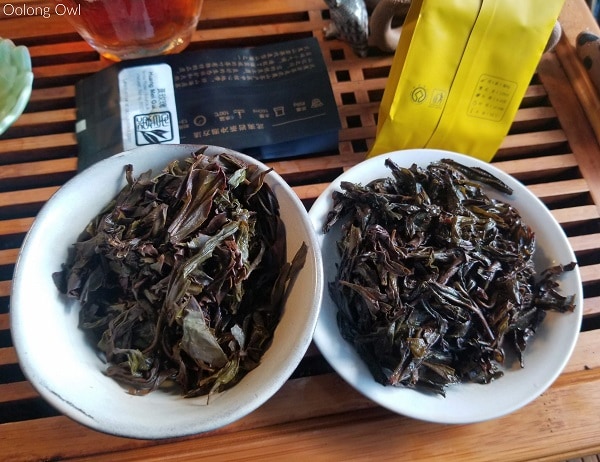
I found Huang Mei Gui B easier and more forgiving to brew, but it did sacrifice the intense floral aroma for a more roasted flavor profile.
2020 Tongmu Lao Cong (Old Tree) Black
I am a fan of Old Way Tea’s Tongmu blacks and this one has a lovely red berry scent.
2020 Tongmu Old Tree starts off with underripe strawberry/blackberry cores and woodsy taste, over a milky texture.
After a couple of infusions, Tongmu Old Tree is still fruity, but the darker notes are taking over, tasting of bittersweet malted milk, but also with a pleasing thick texture. As this tea steeps out, the fruity notes grow tangy and the texture grows abrasive in the back of the throat. It steeped out on the seventh infusion.
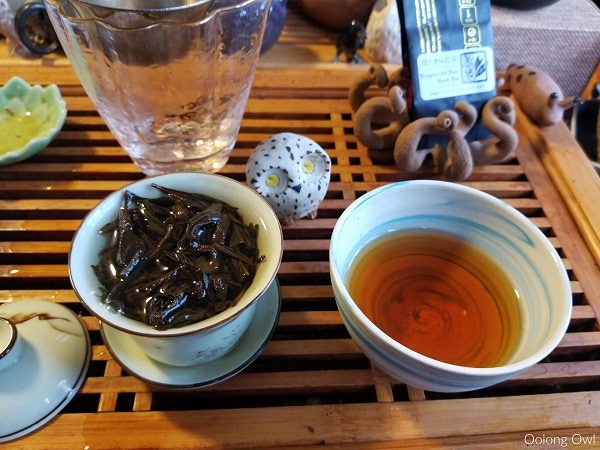
The 2020 Tongmu Old Tree is lovely, fruity, bittersweet, and has an excellent texture, like a sophisticated dessert.
2020 Jin Feng from December Old Ways Tea Club
The leaves have a roasted and sweet nut scent. Old Ways Tea club’s Jing Feng brews up cloudy with a leafy and marzipan scent.
Jin Feng sips in creamy, tasting of tart pistachio and almonds with a looming pungent bitterness in the back of the tongue. Some sips are bitter melon, which gets more apparent with each infusion. The aftertaste is a buttercup floral.
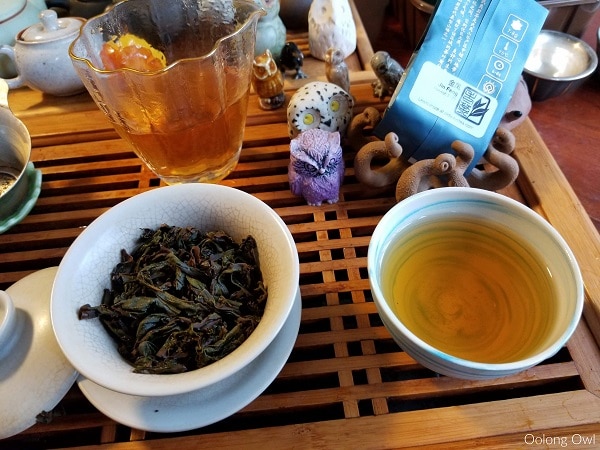
With each steep, 2020 Jin Feng gets a bit astringent to tickle the throat, as well as growing bitter bite. It has an acidic bitterness, similar to Bai Jiguan. I got six infusions total.
This one is certainly green and bitter, definitely for Bai Jiguan or greener oolong lovers.
2020 December Old Ways Tea Club was a doozy – lots of teas and comparisons! My favorite is the Tongmu black, but I also enjoyed the Handmade Da Hong Pao. The upcoming box is in February! Here is the review of the first Old Ways Tea Club box, if you are curious.






